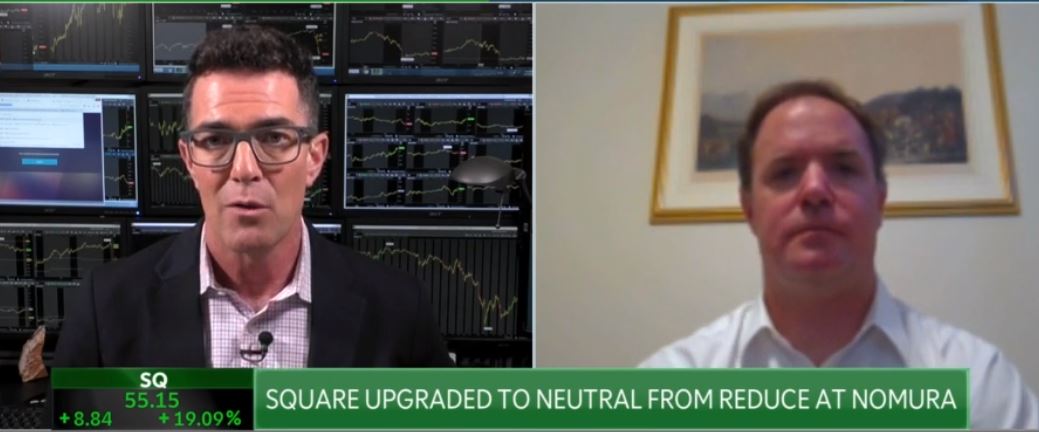The History of Bear Market Rallies
What’s in Today’s Report:
- A Look into the History of Bear Market Rallies
- Economic Data Breakdown
- EIA Analysis and Oil Update
Futures are cautiously higher this morning but international markets were mostly lower overnight as investors weigh the effectiveness of COVID-19 containment strategies against their longer term impact on the global economy.
Economically, Eurozone Industrial Production was the only release overnight (-0.1% vs. E: -0.1%) but it was a February number and therefor largely dismissed by the markets.
This morning, focus will be on what will likely be the most important economic release of the week: Jobless Claims (E: 5.50M) as a larger than expected number of claims will point to further deterioration in the labor market while a smaller number will suggest the government stimulus efforts are beginning to work in supporting the U.S. jobs market.
There are two other economic reports to watch: Housing Starts (E: 1.32M) and the Philadelphia Fed Business Outlook Survey (E: -29.5) while no Fed officials are scheduled to speak.
Beyond economic data, investors will be sifting through more Q1 earnings releases including results from: BLK ($6.69), ABT ($0.58), TSM ($0.66), and BK ($0.90), as well as any new developments on the broader COVID-19 situation.

